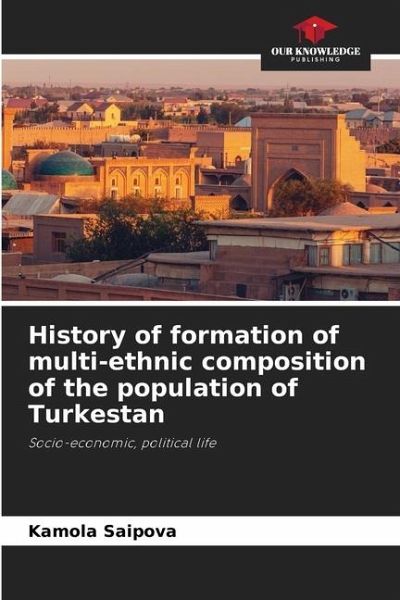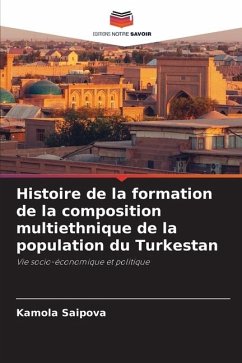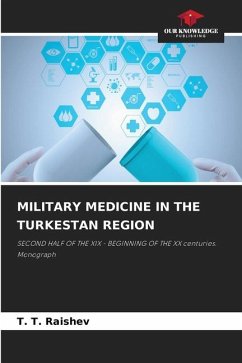
History of formation of multi-ethnic composition of the population of Turkestan
Socio-economic, political life
Versandkostenfrei!
Versandfertig in 6-10 Tagen
33,99 €
inkl. MwSt.

PAYBACK Punkte
17 °P sammeln!
The process of globalization taking place in the world puts the issues related to national diversity, national minorities, diasporas in the social and spiritual life of the countries of the world among the topical issues on the agenda. The large scale of migration processes currently taking place all over the world brings to the center of attention the problems associated with small groups of national minorities in different countries. These problems, manifested to varying degrees in different regions of the world, give rise to certain confessional, ethnic, racial, territorial and other types ...
The process of globalization taking place in the world puts the issues related to national diversity, national minorities, diasporas in the social and spiritual life of the countries of the world among the topical issues on the agenda. The large scale of migration processes currently taking place all over the world brings to the center of attention the problems associated with small groups of national minorities in different countries. These problems, manifested to varying degrees in different regions of the world, give rise to certain confessional, ethnic, racial, territorial and other types of contradictions, tensions and clashes. In this regard, the High Commissioner on National Minorities (HCNM) at the United Nations has been working to identify, prevent and resolve these problems.This monograph reveals the history of the formation of the multi-ethnic composition of the population of the Turkestan Autonomous Soviet Socialist Republic in the early years of the establishment ofSoviet power.














